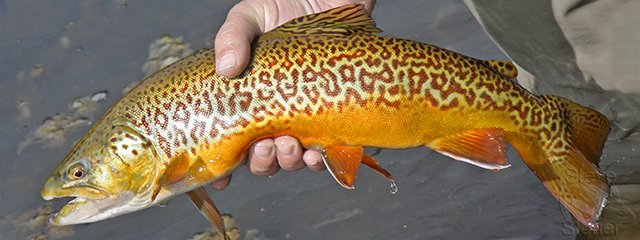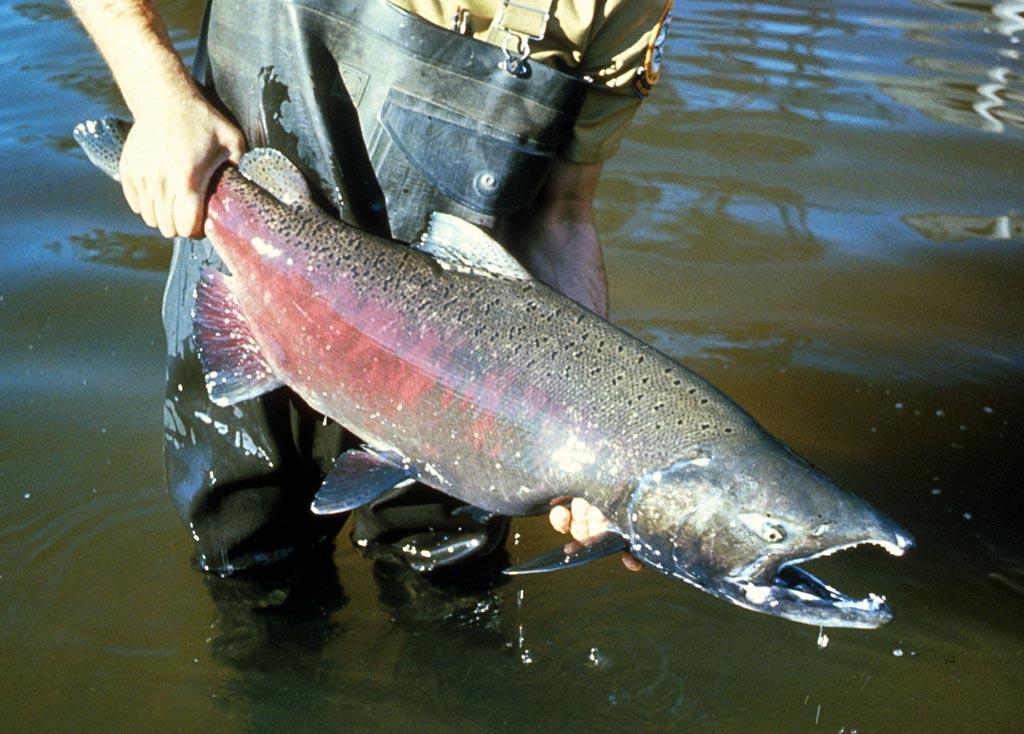Wednesday, October 23, 2013
Tuesday, October 22, 2013
DIGM 680 - Week 5

Parry, Ross, ed. Museums in a digital age. Routledge, 2010.
Cameron, Fiona. "Museum Collections, Documentation, and Shifting Knowledge Paradigms." Museums in a Digital Age (2010): 80.
Frost, C. Olivia. "When the Object is Digital: Properties of Learning."Perspectives on object-centered learning in museums (2002): 72.
"...impact of the object may diminish significantly without the surrounding background necessary to understand its origins. "
Huhtamo, Erkki. "On the origins of the virtual museum." en PARRY, Ross: Museums in a digital age. London: Routledge (2010): 121-135.
-Exhibition design as a new medium
-avant-garde artists finding new ways to present art
Gammon, Ben. "Visitors' Use of Computer Exhibits: Findings from 5 Grueling Years of Watching Visitors Getting It Wrong." Informal Learning 38.p1 (1999): 10-13.
-There is no clear ‘average’ time that visitors spend at computer exhibits
-30-60 words per screen
-Restart button always cause problems
-Three modes of computer use/ three modes of behavior
-Purposeful use - people carefully and thoughtfully searching though the software looking for something specific.
-Exploratory - people flicking through pages looking carefully to find out what is there
-Playing - people rapidly moving through the different screens at random to see what happens
Paleo Ontogeny in the News
While the discovery of this new baby Parasaurolophus is really exciting, I was most impressed with the discoverers' multimedia approach to presenting their findings. A dedicated website was set up (http://dinosaurjoe.org/) to house all the content related to the actual discover, the bones, the reconstructions, and the science. They even upload the 3D scanned material onto the very handy p3d.in service that I have been using.
I'd be curious to see what sort of feedback the discoverers received from this multimedia release.
3D reconstruction by Tyler Keillor
Illustration by Lukas Panzarin
3D model of full skeleton
reconstructed skull
Farke AA, Chok DJ, Herrero A, Scolieri B, Werning S. (2013) Ontogeny in the tube-crested dinosaur Parasaurolophus (Hadrosauridae) and heterochrony in hadrosaurids. PeerJ 1:e182 http://dx.doi.org/10.7717/peerj.182
I'd be curious to see what sort of feedback the discoverers received from this multimedia release.
3D reconstruction by Tyler Keillor
Illustration by Lukas Panzarin
3D model of full skeleton
reconstructed skull
Farke AA, Chok DJ, Herrero A, Scolieri B, Werning S. (2013) Ontogeny in the tube-crested dinosaur Parasaurolophus (Hadrosauridae) and heterochrony in hadrosaurids. PeerJ 1:e182 http://dx.doi.org/10.7717/peerj.182
Sunday, October 20, 2013
DIGM 620 - Week 4 Review
Last Thursday I visited Dr. Daeschler at the Academy in order to begin scanning the specimens. I'm still sifting through the files to access their usefulness, but I think overall it was a successful session. What I didn't realize was how physically intensive photogrammetry can be (see the video below).
Photoshoot:
11 specimens
1322 photos
3.85 GB
 |
| My setup |
Hours:
Concept Art (3 hrs)
Storyboards (2 hrs)
Photoshoot @ the Academy (3.5 hours)
Uploading photos to 123D Catch (2 hours)
Thursday, October 17, 2013
Tentative Design Objectives
Here is an attempt to establish some concrete design objectives for my animation project. I can build support around these objectives in the beginning, use them to guide my progress, and then use them to evaluate the final product.
My animation should:
- Closely integrate source fossils with the digital reconstruction.
- Closely integrate source fossils within wider disciplines of biology (in my case ontogeny)
- Emphasize elements of the scientific process (observation, inquiry, hypothesis testing, etc)
- Communicate to the viewer points of scientific uncertainty
- Communicate to the viewer when speculation is being employed
- Support visual elements with appropriate textual and/or audio narration.
- Reveal elements of design process
Color Schemes
Like most paleontological reconstructions coloration is pure speculation. In some rare cases clues to coloration are found in the fossil record (there's been a lot of work involving the color pigments in fossilized feathers). Typically though, the artist exercises his or her creative license. It's not an entirely blind guess, as some plausible reasoning is used.
Here I have explored several different color schemes for Bothriolepis. They are partially fanciful and partially based on contemporary fish living in similar environments and with similar ecological roles. Bothriolepis spent some of its time in freshwater environments, so it might have had a cryptic coloration to blend in with the sediment. The trout-like coloration (5th from the left) is my current favorite due to the subtle use of color.
Here are some modern day fish (mostly armored catfish) that I've been drawing upon for inspiration.

Subscribe to:
Posts (Atom)

















